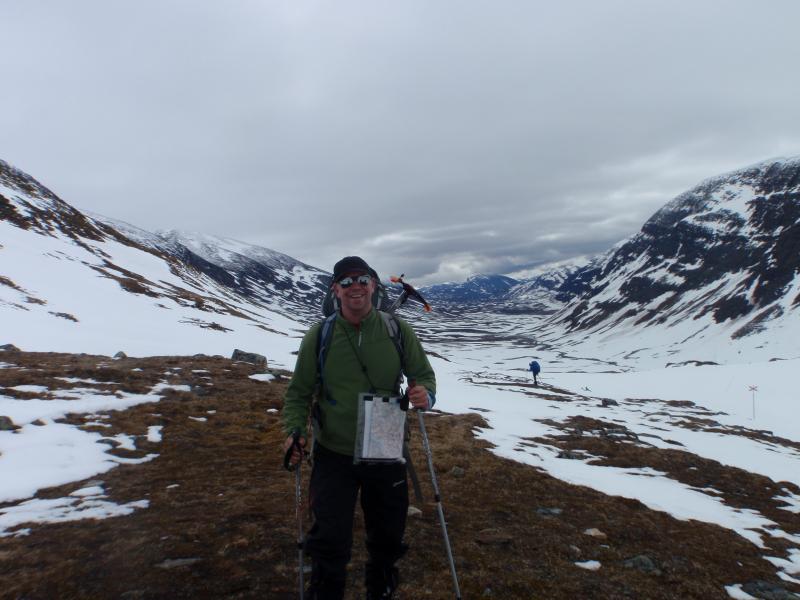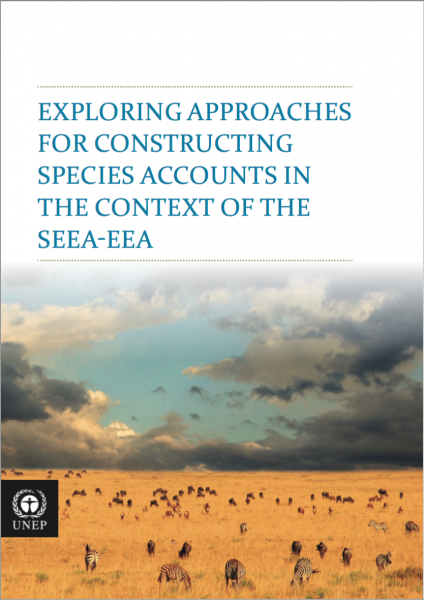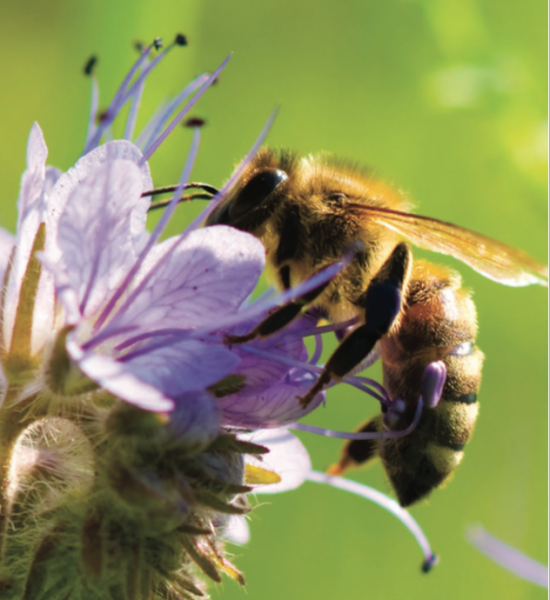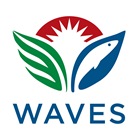
Steven King of UNEP hiking the "King's Trail" in Sweden
The world’s biodiversity is being lost at an unprecedented rate – and with it, many of the benefits that we derive from ecosystems. New advances in Natural Capital Accounting may allow for a better understanding of the links between species, environmental sustainability, and economic activity. WAVES recently spoke with Steven King, Environmental Economist at the United Nations Environment Programme World Conservation Monitoring Center, about his latest work on species accounting, Exploring Approaches for Constructing Species Accounts in the Context of the SEEA-EEA.
 Q: What are species accounts?
Q: What are species accounts?A: Species accounts track and measure the status of species over time, looking at their abundance or, if there is insufficient data, looking at some other measure that can act as a proxy for abundance, like the extent of suitable habitat for particular species or species groups.
Q: How are species accounts different from the kind of population counts that conservationists might do?
A: The utility of accounting for species within the System of Economic-Environmental Accounts – Experimental Ecosystem Accounting (SEEA-EEA) framework is that is makes it easier to communicate about the state of a species or group of species, and then to aggregate and analyze trends in the context of economic activity, ecosystem condition and services. Ideally, the accounts link statistics on species with wider statistics on ecosystems, economics, land use and society.
Q: What can we learn by linking data on biodiversity and data on economics? Why is this important?
A: Species accounts can really contribute to our understanding of interactions between the economy and the environment. They allow us to identify how well a species is doing, and how economic activity might be degrading ecosystems and driving species loss. The accounts help highlight the different trade-offs between development and losses in the number of species.
This is useful because species have benefits far beyond the conservation angle. We know that having a range of species is important for healthy ecosystems. This is due to the variety of functional roles that species perform, for example they accumulate biomass, pollinate plants, cycle nutrients and disperse seeds. This has crucial implications for quantity and quality of services delivered by ecosystems that support rural livelihoods, health and wellbeing and provide food security. The abundance and variety of species in a given space is an indication of the ability of ecosystems to provide these benefits, which may be affected and lost due to economic activities that lead to land use change or degradation.
Identifying the exact nature of the relationship between species diversity and ecosystem service delivery remains an area requiring further research. However, from a precautionary standpoint, species accounts can help us to infer risk in the future by assessing the capacity of ecosystems to provide the valuable services we depend on.
 Q: How do you see species accounts being used in the near future?
Q: How do you see species accounts being used in the near future?
Q: What major challenges did you encounter in compiling the approaches to species accounting?
A: We put together this document through an iterative process with many partners, because we realized that there were a plurality of approaches to species accounts and that these needed to be explored more fully.
The main challenge was data availability. Some countries have very good data, which allowed us to examine scenarios for assessing species status using observation data only. Where observation data was scarce, we had to look at a variety of methodologies and modeling options for estimating species status over time and space. Another key challenge is matching the spatial scales for species and ecosystem accounts. This is because the variation in species between ecosystems, as well as within them, is important for ecosystem service delivery at larger scales. Furthermore, many species tend to inhabit several ecosystems in their lifetime whereas ecosystems are more or less fixed, spatially speaking.
Q: Now that you’ve explored the different approaches to species accounts, what’s next?
A: Species accounting is very experimental at the moment. It’s been piloted in Peru and also in Victoria in Australia, but a lot more work needs to be done. We are currently working with Uganda and have put together a
feasibility study for species and ecosystem accounting with our in-country partners. The next phase will be to develop demonstration species accounts in conjunction with ecosystem extent accounts. Eventually, and depending on Uganda’s needs, we would like to work at the national scale developing accounts across a range of ecosystem themes.

 Q: How do you see species accounts being used in the near future?
Q: How do you see species accounts being used in the near future?
